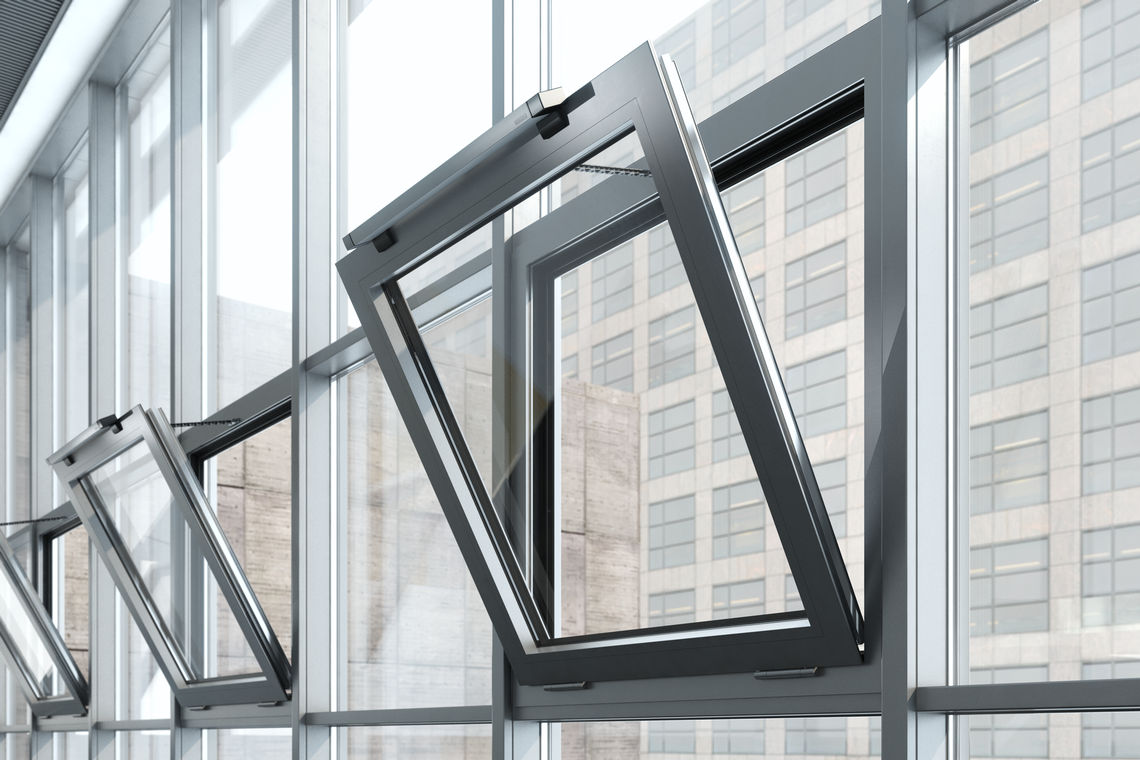Window Technology: From Past to Future
Window technology, a seemingly simple concept, has played a pivotal role in shaping the built environment throughout history. From the humble beginnings of rudimentary openings in walls to the sophisticated, […]

Window technology, a seemingly simple concept, has played a pivotal role in shaping the built environment throughout history. From the humble beginnings of rudimentary openings in walls to the sophisticated, energy-efficient windows of today, the evolution of window technology reflects our ongoing quest for better living spaces.
This journey has witnessed the rise and fall of various materials, from traditional wood and stone to modern aluminum and glass. Each material brought its own set of advantages and disadvantages, influencing design, performance, and aesthetics. The introduction of glazing technologies, such as double-pane and low-E coatings, further revolutionized window performance, enhancing insulation, reducing energy consumption, and improving comfort.
Future Trends in Window Technology

The window industry is constantly evolving, driven by advancements in materials science, automation, and a growing focus on sustainability. These advancements are leading to innovative window technologies that offer improved performance, energy efficiency, and aesthetic appeal.
Smart Windows
Smart windows are revolutionizing the way we interact with our built environment. These windows can dynamically adjust their properties, such as light transmission, heat gain, and privacy, in response to external stimuli like sunlight, temperature, or even user commands.
- Electrochromic Windows: These windows use an electric current to change their tint, allowing for control over light transmission and solar heat gain. They offer significant energy savings by reducing the need for artificial lighting and air conditioning.
- Thermochromic Windows: These windows change their tint based on temperature. They darken automatically when exposed to high temperatures, reducing heat gain and keeping interiors cool. This technology is particularly valuable in hot climates.
- Photochromic Windows: Similar to the lenses in some eyeglasses, these windows darken in response to ultraviolet (UV) light. They provide automatic sun protection and reduce glare, improving comfort and reducing energy consumption.
Self-Cleaning Glass, Window technology
Self-cleaning glass utilizes a photocatalytic coating that breaks down dirt and grime using UV light from the sun. This coating creates a hydrophilic surface that repels water and dirt, making it easier for rain to wash away contaminants.
- Titanium Dioxide Coating: This coating is the most common type used in self-cleaning glass. It acts as a photocatalyst, using UV light to break down organic matter and dirt. The coating also creates a hydrophilic surface, allowing water to spread evenly and remove dirt more effectively.
- Benefits: Self-cleaning glass reduces the need for manual cleaning, saving time, money, and effort. It also contributes to a cleaner environment by reducing the use of harsh chemicals for cleaning.
Bio-Based Materials
Bio-based materials are derived from renewable sources, such as plants and algae. They offer a sustainable alternative to traditional window materials, reducing reliance on fossil fuels and promoting a circular economy.
- Bioplastics: These plastics are made from renewable resources, such as corn starch or sugarcane. They can be used to create window frames, glazing, and other components. Bioplastics are often biodegradable and can be composted at the end of their life cycle.
- Wood-Based Composites: These composites combine wood fibers with other materials, such as polymers or resins. They offer a sustainable and aesthetically pleasing alternative to traditional wood frames. Wood-based composites can be treated to resist moisture and decay, making them suitable for window applications.
- Algae-Based Materials: Algae can be used to create bio-based polymers that are strong, lightweight, and sustainable. These polymers can be used to manufacture window frames, glazing, and other components. Algae-based materials offer a promising alternative to traditional plastics and can help reduce carbon emissions.
Epilogue: Window Technology

Looking ahead, window technology continues to evolve, driven by a commitment to sustainability and innovation. Smart windows, self-cleaning glass, and bio-based materials are poised to transform the way we interact with our surroundings, creating buildings that are more responsive, energy-efficient, and aesthetically pleasing. As we embrace these advancements, we are reminded of the profound impact that window technology has had and will continue to have on our built environment.
Window technology has come a long way, from simple glass panes to sophisticated smart windows. One interesting area is the integration of eq mfs technology into window systems. This technology can enhance energy efficiency, improve comfort, and even provide security features.
While still a relatively new field, eq mfs technology holds great promise for the future of window design and functionality.




